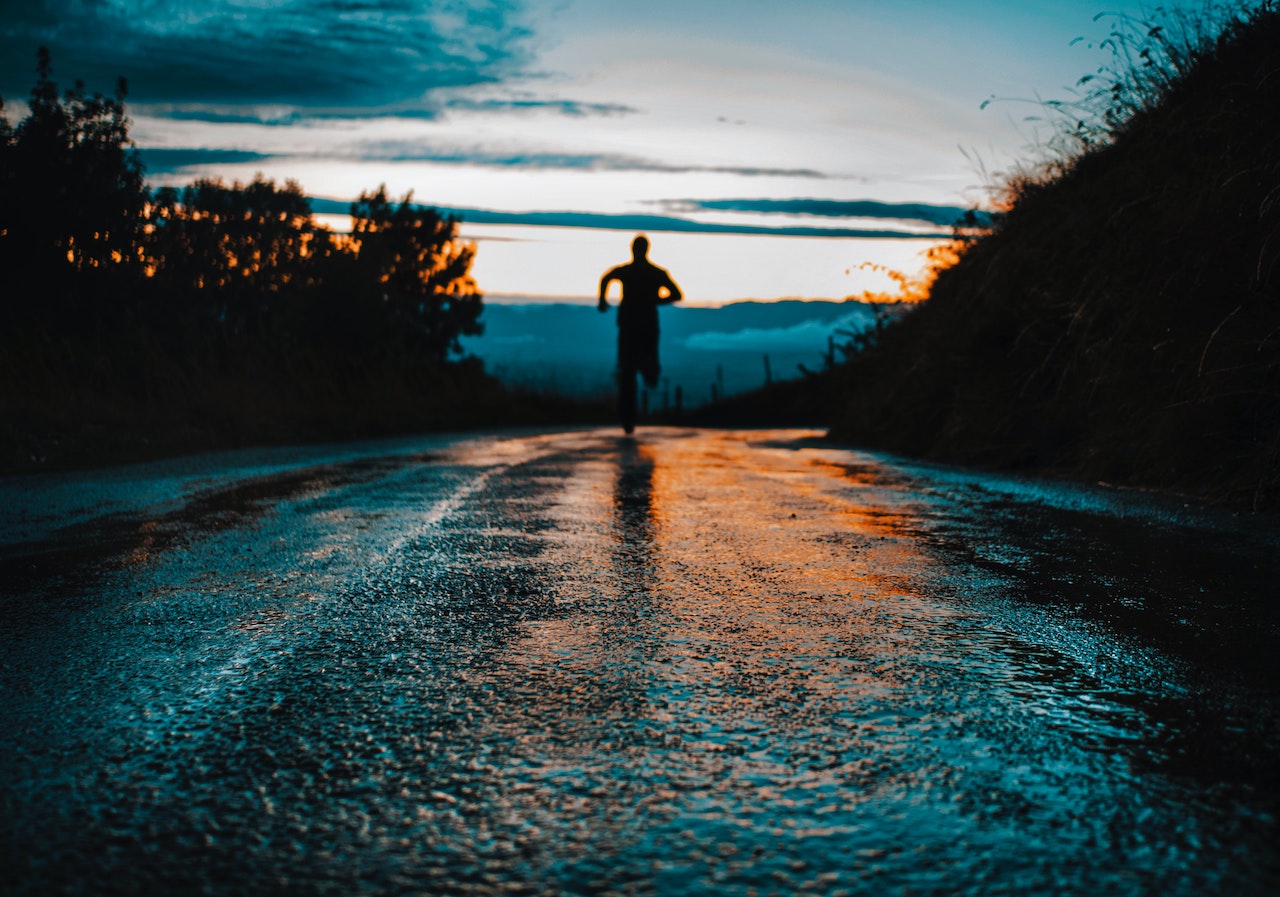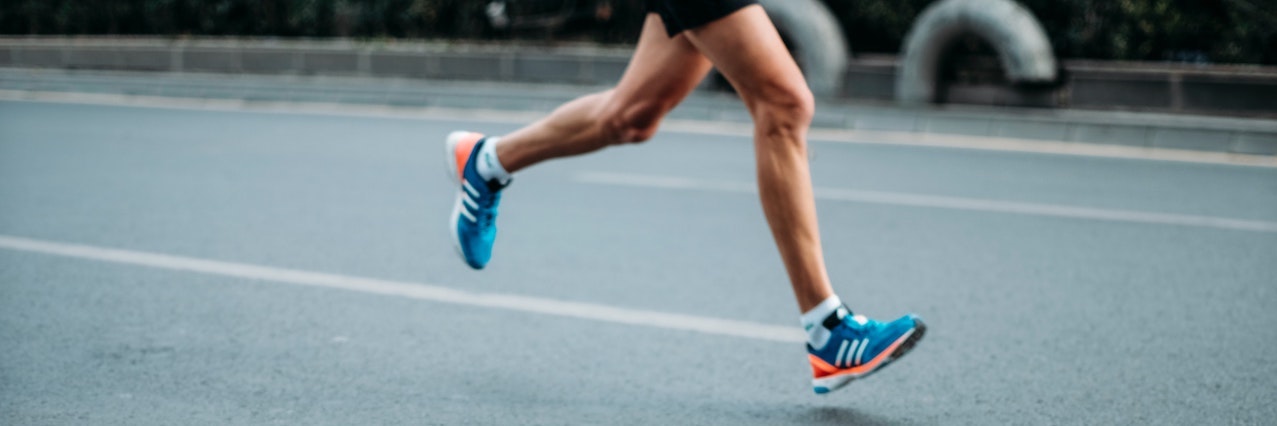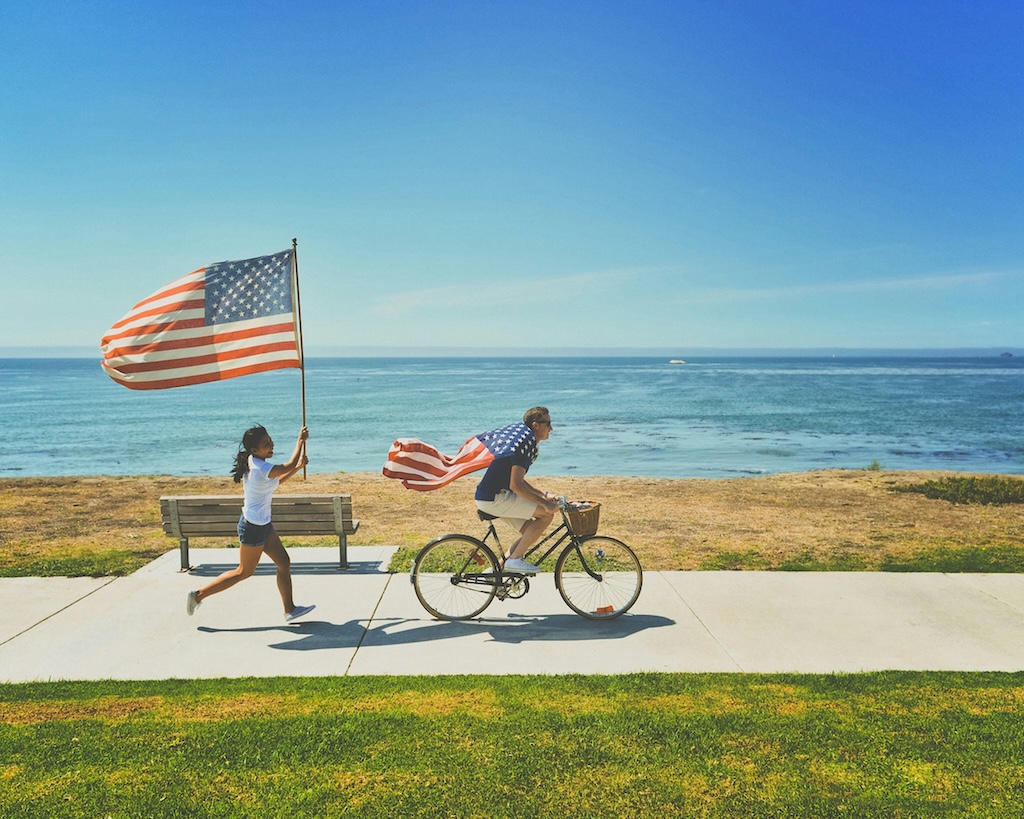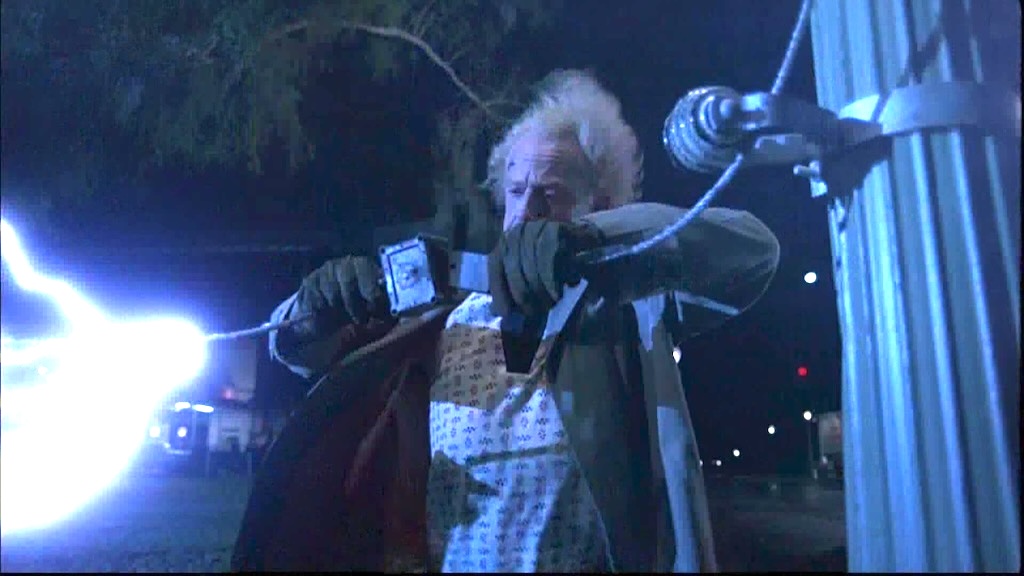Coming back home from picking up dinner, I arrived at my front door out of breath, heart beating rapidly, and just generally feeling unpleasant.
The cause: exerting the apparently gargantuan effort of climbing up a couple of flights of stairs.
In early 2020, we were just finding out about a virus that would seem to cause respiratory illness, which, if we are not careful, we may contract in the short term, but will most definitely come into contact with in the long term.
My lack of stamina and general fitness at the time made me worried that I was not in any kind of state to potentially take on a fight for my life, should I become infected.
“Running helps improve endurance, doesn’t it?”, I thought. “It’s really boring, but I guess I should give it a try.” So, I did.
Body Compilation
While everyone understands intuitively how to logistically make your body perform the act of running (walking, but faster, right?), when your initial fitness state is the equivalent of an unmaintained ![]() -riddled
-riddled ![]() codebase, some refactoring work will be needed before you can get yourself to run properly.
codebase, some refactoring work will be needed before you can get yourself to run properly.
If you are just starting to run, what distance should you aim for? Should you be running a certain amount of time per day, or per week? How fast should you be attempting to run? Do you have to start by running? What about jogging, or just walking?
Answers to these questions eluded me. I did not want to end up paralysed into doing nothing, but also did not want to overexert myself into injury, or inability to continue longer term.
Therefore, like any good computer programmer, I did the laziest thing possible: I outsourced building a running strategy to the well-known Couch to 5K plan (C25K).
Since it is just a plan, there are many different technical implementations of it, from the official iOS and Android apps, to the “Active”-branded iOS app I somehow ended up using (I’d wager C25K apps are all pretty much interchangeable).
With canned plan in hand, only the most difficult step remained: execution. I had to actually force myself to do this thing over the course of 9 weeks.
Program Execution
I was self-conscious about jogging during daylight hours. So, I decided to make things even more difficult for myself by going out at the social-distancing-friendly time of 5:00am, three times a week, and do whatever the app robot voice told me to do: “walk”, “brisk walk”, or “jog” at varying intervals.
The only thing that made this even slightly bearable was listening to spoken-word podcasts. They enabled my brain to be distracted by focusing on stories and conversations, while my body and breathing went on auto-pilot to push me through each day of the programme.
Although the podcasts helped, sticking to this routine, especially as 5:00am got colder and darker heading into winter, was an exercise in grit. Every fibre of my being questioned the need to do this to myself, but I found that as long as I could actually pull myself out of bed, that would be enough momentum to get me out the door, and into the chilly morning air.
My wife's nickname for me during this time became "Godzilla", due both to my early morning water vapour breath resembling his "atomic breath", and it being a play on words from the original Japanese pronunciation, Gojira (ゴジラ), where goji can also mean 5 o'clock (becoming 5 時 ラ).
Sometimes, I did lose the battle with my wake-up alarm, necessitating catch up sessions on concurrent days if I was going to stick to C25K’s schedule of 3 runs per week. Sometimes, the battle got lost for me: I pulled both of my calf muscles at least once during the course of the C25K, resulting in me limping home and resting for a few days (so just know that if you are going to try this, expect that you will probably lightly injure yourself, and it is not the end of the world).
But, every completed run got me that one small step toward finishing the 27 runs the C25K plan had laid out for me (9 weeks x 3 runs per week). The desire to complete this “game”, and those small dopamine hits I got after each completed “stage”, provided enough incentive to propel me forward to the end.
Return Value
The rewards I got for completing the program were:
- the satisfaction of having hit a goal I set
- being actually able to run 5 kilometres for the first time in probably ever
- a general elevated sense of well-being I had not felt for many years
- becoming a “morning person” by force
- thinking that maybe I had decreased my chances of being severely impacted by, or dying from, COVID-19
These were all well and good, but now that the goal was done, so was the structure I had relied on for the last 9 weeks to haul myself out of bed.
In an attempt to continue momentum, and confirm that getting to 5K was not a one-time fluke, I ended up repeating the final day of the plan 12 more times, playing out a long goodbye to my robot friend.
After that got tiresome, I moved on to the app’s “free run” step, containing no robot guidance, which seems to exist as just a general bucket to log run information. 14 “free runs” later, and I started to get the same feeling as when I have completed all the missions and side quests in an open world game, and the urge to continue starts fizzling out.
I was treading water. The C25K app had successfully served its purpose, and it was time to graduate away from it.
Long Running Process
Enter Strava, probably the most directly beneficial social media app I currently use.
As well as logging runs, I have gotten Strava to plot routes on maps for me to run based on what distance I want to try, leading to discovering more of my local area from the ground level. Plotting routes near you is actually a feature for paid subscribers only; after using Strava for a few months with a free account, I decided that it was worth trying out its paid features, and so far, I have no regrets.
Wanting to explore routes farther out has gradually lifted the distances I currently run: from 5 kilometres when I first started, to 8 kilometres on an average weekday, and about 10 kilometres on weekends, when I have more time.

And I want to do more. What was a huge grind when I first started is now just a part of my life routine, and I actually start to miss running — this boring activity — if I have been unable to do it for a couple of days.
Seeing the activities of friends that I follow also provides some accountability buddy-like benefits, keeping me going so I have something to show for myself on my timeline.
Overall, I can definitely recommend giving it a try if you plan to start running or cycling, and I am sure it is better for your physical and mental health than doomscrolling through the bird site.
Running Toolkit
In order to make walking-but-faster as bearable and safe as possible, I found that I needed to open my wallet a few times. Aside from the aforementioned Strava paid account, here is where that money has gone:
Shoes
By far the most comfortable shoes I’ve used for running, or even just general use, are Adidas Ultraboost. I own multiple pairs, and rotate them on every run in hopes they will last longer.
They are quite pricey, so I try and stock up on them when they go on sale.
Earbuds
I’m mostly a slave to the Apple ecosystem, so I have a set of Airpods Pro. These generally function well, but I found that due to their absence of ear hooks, they would often annoyingly fall out of my ears as I worked up a sweat.
I unsuccessfully attempted to use Symbio ear tips to keep the Airpods in, and it was only when I used AhaStyle Ear Hooks Covers that I was able to get them to stay firmly in place. The only drawback to using them is having to take the hooks on and off for every run, since the Airpods cannot fit back in their charger when the hooks are on.
I now consider it a design flaw that Airpods do not come with some kind of ear stabilisers, especially since other comparable earbud models, like the Bose Sport Earbuds, which I have also enjoyed using, have hooks built in. Here’s hoping that Apple sees fit to remedy this on future iterations of their product.
Headlamp
It is generally dark at 5:00am, so if you are planning to go out for a run at that time, it can help tremendously if you can actually see where you are going (who knew?).
There are many types of running headlamps on the market at varying price points. I know that I don’t know a lot about them, and so decided to get a very entry level model at a low price point, the Foxelli MX20 Headlamp. It has worked well for me running in urban areas that are at least moderately lit by street lamps. However, it has fallen short of providing adequate visibility where that ambient light is in short supply, like off-street paths and bush trails.
So, I am currently investigating other models that can up the lumens of light without weighing down my head, or costing a fortune.
Just Do Something
Speaking as someone that took care of his body during his teens, but not during his 20s and 30s, and is attempting to pay down that debt now by trying to care again in his 40s, I obviously wish I had changed my mindset sooner. But, better late than never.
I now more viscerally understand that I spent too much time focusing on improving my mind as a developer, at the expense of body maintenance. After a morning run, my mind feels a lot sharper, and ready to tackle a day of fighting computers, so it doesn’t even make sense to have avoided doing this for so long, given the benefits.
So, if you are finding that you are devoting all your self-improvement efforts towards your ghost, rather than your shell, I would urge you to try to diversify your effort investments, and help give some balance to your human portfolio.





Leave a comment